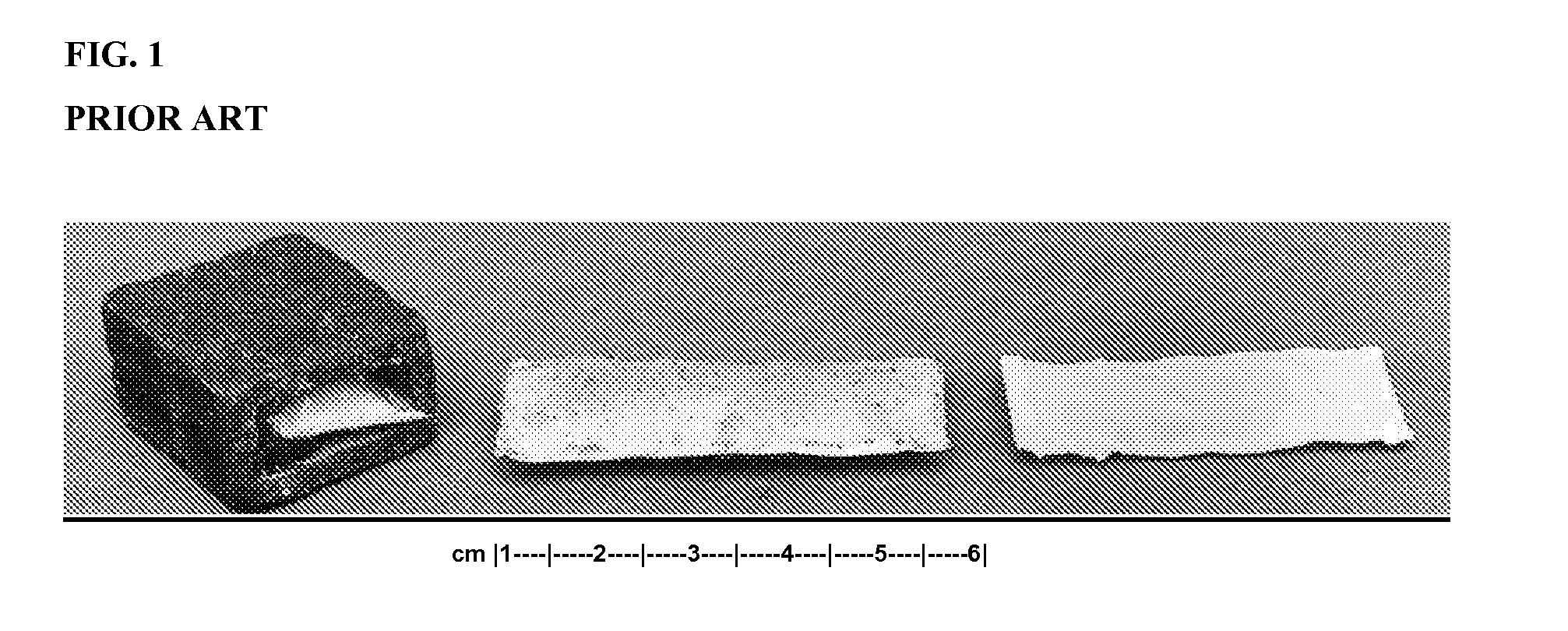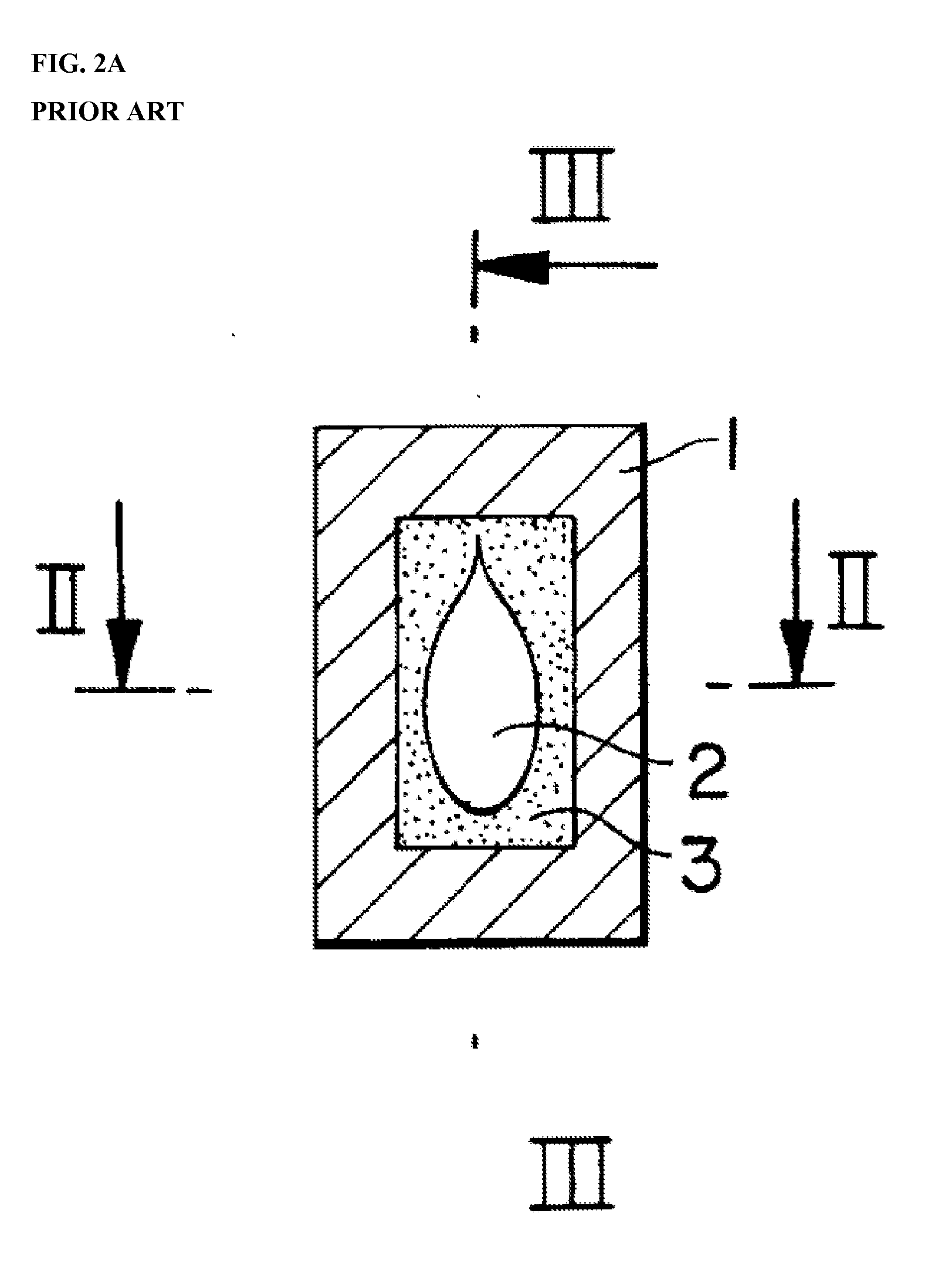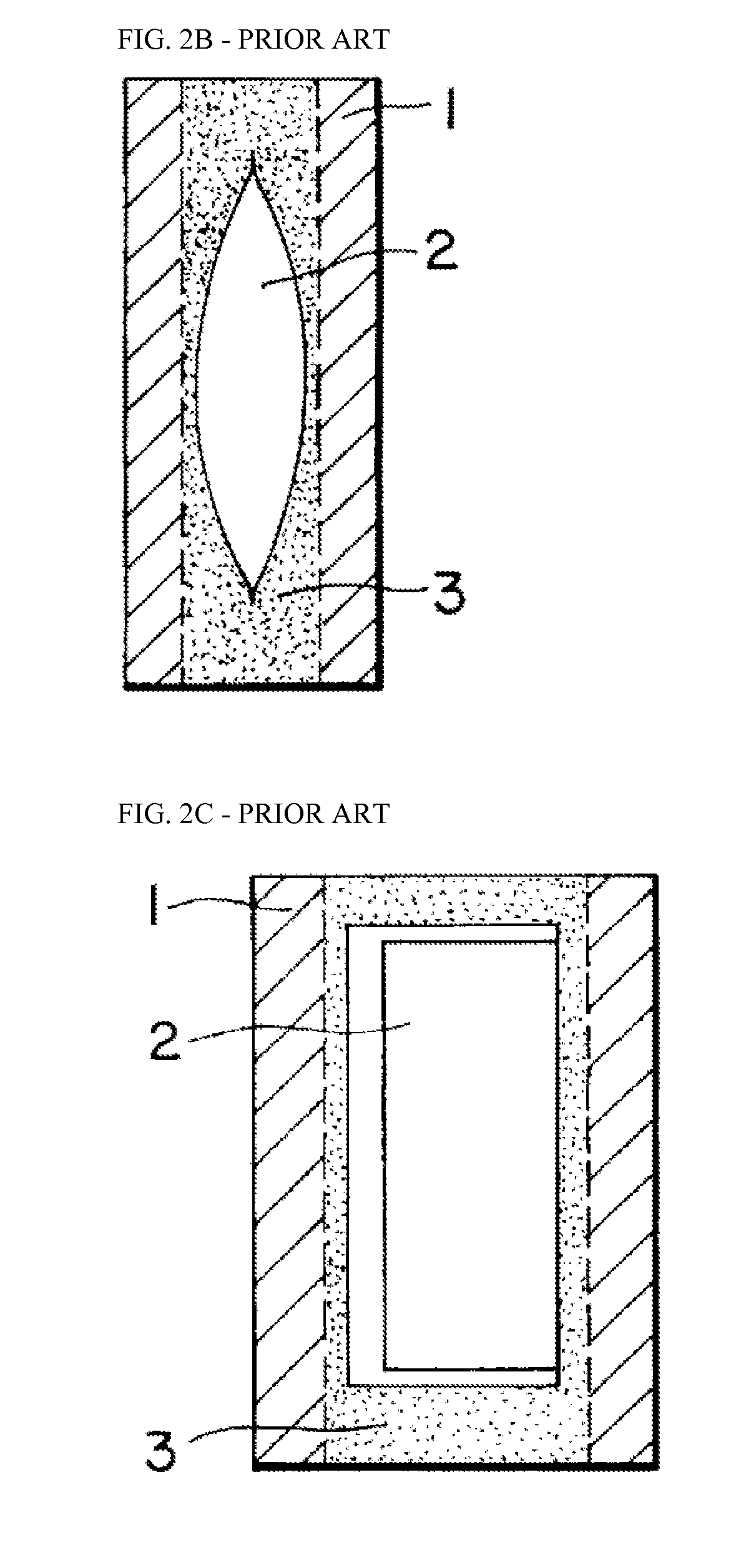Adjuvanted Rabies Vaccine with Improved Viscosity Profile
- Summary
- Abstract
- Description
- Claims
- Application Information
AI Technical Summary
Benefits of technology
Problems solved by technology
Method used
Image
Examples
example 1
Virucidal Activity Assay: Method for Screening Suitable Adjuvants
[0123]Prior to testing new adjuvants on animals, the inventors developed an in vitro virucidal activity assay, to make sure potential adjuvanting compounds did not have a deleterious effect on the viral-vector vaccine component. This activity assay was particularly useful for screening candidate adjuvants that could be used in formulation with vaccinia-vectored RABORAL V-RG®. Mixtures of various candidate adjuvants and RABORAL V-RG® were tested for their compatibility on Vero cells. Candidate adjuvants included CARBOPOL® and various forms of chitosan.
[0124]Viral Plaque assays were performed using Vero cell monolayers in 6-well tissue culture plates (Greiner, Monroe, N.C.). RABORAL V-RG® was obtained directly from the manufacturer, Merial, Limited (Athens, Ga., USA). Serial 1:10 dilutions of RABORAL V-RG® alone, (candidate 1 adjuvant)+RABORAL V-RG®, and (candidate 2 adjuvant)+RABORAL V-RG® were made and allowed to incub...
example 2
Vaccination of Raccoons Using Chitosan-Adjuvanted Vaccinia-Vectored Rabies Vaccines
[0129]RABORAL V-RG® titers were also calculated using TCID50. Briefly, Vero cells were trypsinized and counted using a hemacytometer and added to 96-well plates with 4×104 cells per well in R5 media (100 μl RPMI (Hyclone, Logan, Utah, USA) 5% fetal bovine serum (Hyclone, Logan, Utah. USA). Vero cells were incubated at 37° C. and 5% CO2 for 24 hr. Serial 1:10 dilutions of RABORAL V-RG®, chitosan+RABORAL V-RG®, and TMC+RABORAL V-RG® were made in R5 media and dilutions were plated at 100 μl per well in replicates of 8 wells per dilution. Results were determined by visual examination with an inverted phase contrast microscope looking for cytopathic effect (CPE) after 1 week incubation at 37° C. and 5% CO2. Any well with evidence of CPE was considered positive for infection. TCID50 titers were calculated using the Spearman-Karber formula.
TABLE 2Final vaccine and adjuvant formulations delivered orally to ra...
PUM
| Property | Measurement | Unit |
|---|---|---|
| Fraction | aaaaa | aaaaa |
| Fraction | aaaaa | aaaaa |
| Viscosity | aaaaa | aaaaa |
Abstract
Description
Claims
Application Information
 Login to View More
Login to View More - R&D
- Intellectual Property
- Life Sciences
- Materials
- Tech Scout
- Unparalleled Data Quality
- Higher Quality Content
- 60% Fewer Hallucinations
Browse by: Latest US Patents, China's latest patents, Technical Efficacy Thesaurus, Application Domain, Technology Topic, Popular Technical Reports.
© 2025 PatSnap. All rights reserved.Legal|Privacy policy|Modern Slavery Act Transparency Statement|Sitemap|About US| Contact US: help@patsnap.com



